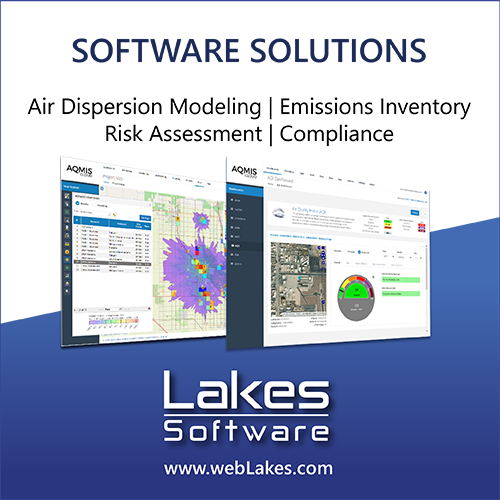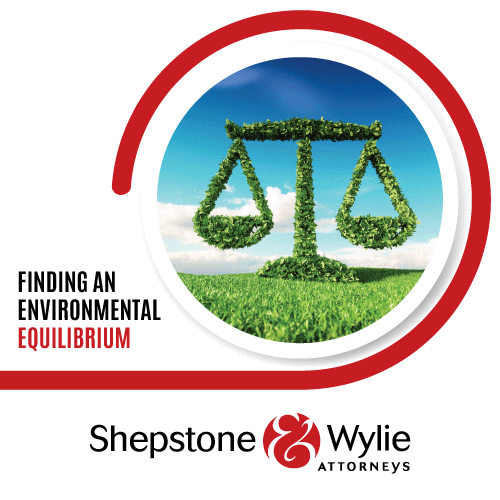Monitoring the trends in emissions from coal-fired power stations in Lephalale (Limpopo) during the 2010-2022 period using remotely sensed data
DOI:
https://doi.org/10.17159/caj/2024/34/2.18784Keywords:
emission, Sentinel-5P, MERRA-2, air quality, coal-fired power stationAbstract
This study uses datasets from the Sentinel-5P, Modern Era Retrospective Analysis for Research and Applications, version 2 (MERRA-2), Ozone Monitoring Instrument (OMI) and Goddard Earth Observing System with Chemistry Model (GEOS-Chem) to investigate the spatial and temporal distribution of sulphur dioxide (SO2), nitrogen dioxide (NO2), carbon dioxide (CO2) and carbon monoxide (CO) in the town of Lephalale, South Africa. Lephalale has two active coal-fired power stations which continuously releases SO2, NO2, CO2 and CO. Within the 2010-2022 period of the study, it was found that SO2 and NO2 had the most significant trend of increase from 2010-2019, and decreased from 2020-2021 due to the COVID-19 global pandemic. CO2 and CO kept a fluctuating trend between the 2010-2022 study period. The results of the study showed that the poor air quality in Lephalale is consequential of these emissions by coal combustion. Most importantly, if no mitigation measures are taken and strictly followed by coal mines and electricity generators, the lives of the people in and around Lephalale and Limpopo province will be severely affected.
Downloads
Downloads
Published
Issue
Section
License
Copyright (c) 2024 Zizipho Keli, Paidamwoyo Mhangara, Lerato Shikwambana

This work is licensed under a Creative Commons Attribution 4.0 International License.

All articles are published under a Creative Commons Attribution 4.0 International License; copyright is retained by the authors. Readers are welcome to reproduce, share and adapt the content without permission provided the source is attributed.








.png)